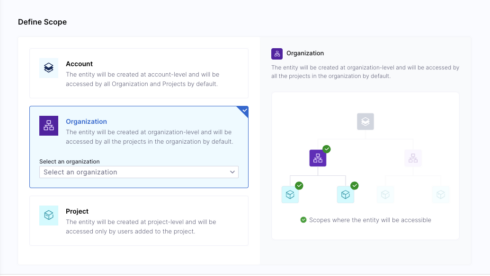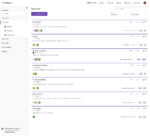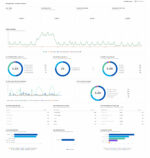
Harness has announced a major update to its IDP designed to provide platform teams with the structure, speed, and control needed to scale developer portals to a large number of developers.
“Whether you’re supporting 100s or 1,000s of developers, Harness IDP gives platform teams the structure, speed, and control they need to transform developer experience at the enterprise level – without compromise,” Harness wrote in a blog post.
It now aligns with Harness’ native platform hierarchy so that teams can create workflows at the Project, Organization, or Account level, mirroring how development teams are structured so that developers only see what’s relevant.
Harness IDP added support for entity-level granular Role-Based Access Control, to give more control over who can read, create, edit, delete, or execute a service or workflow.
This update also adds support for real-time updates through webhooks whenever a YAML config file is updated in Git. Edits can now be made directly in the IDP UI, and changes will be pushed either directly or through a PR.
“Take any SaaS company with dozens of teams and hundreds of services. As the organization scales, it gets harder to keep the catalog current and performant. By setting up different Git connectors for specific entities or groups of services, platform teams can stay in control, avoid API rate limits, and maintain real-time updates – even as the catalog grows into the tens of thousands,” the company explained.
The IDP catalog was redesigned as well, allowing teams to now filter views based on criteria specific to them, such as services they own or APIs used in the organization. The catalog view now displays scorecards that highlight metrics like service maturity, security standards alignment, and production readiness.
Additionally, the Harness IDP UI can now be used to create and manage catalog entries through a guided form, which eliminates the need to understand YAML. There are also new APIs that can be used to create and manage entries as well, to support use cases such as auto-discovery, auto-population, CLI integration, and Terraform provider support.






